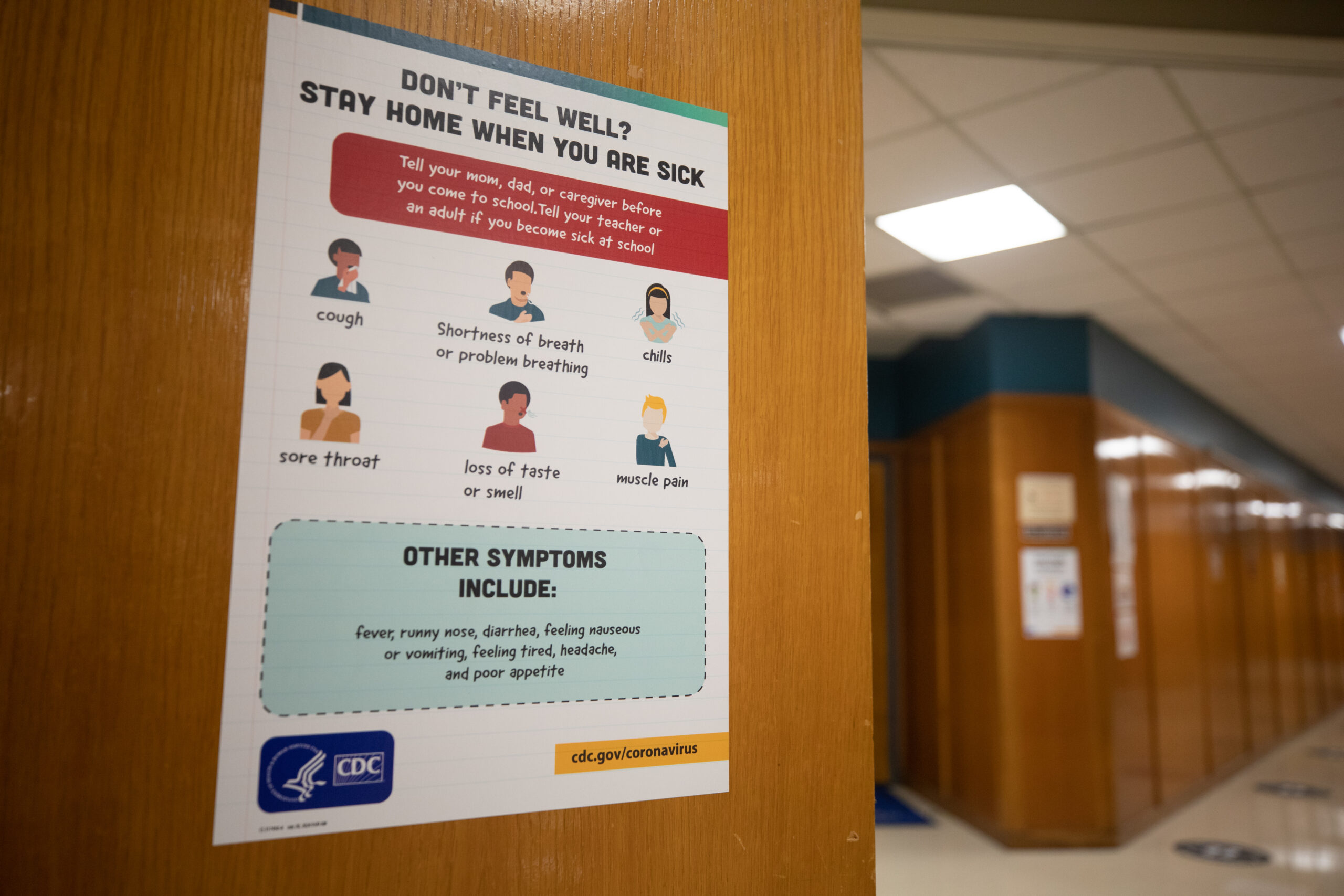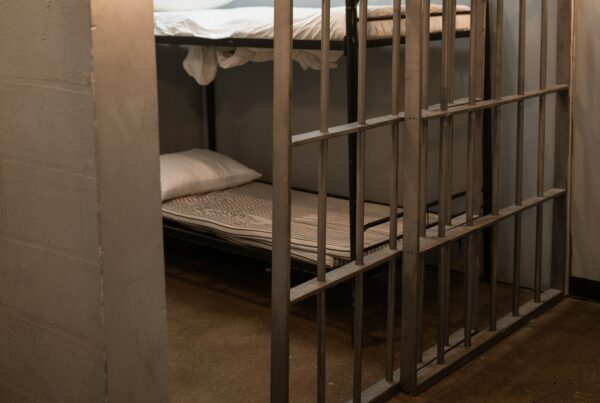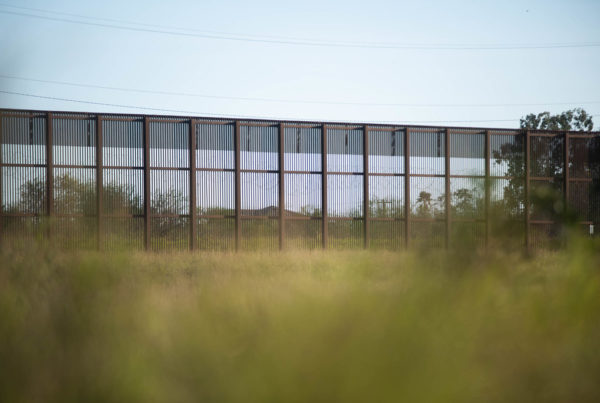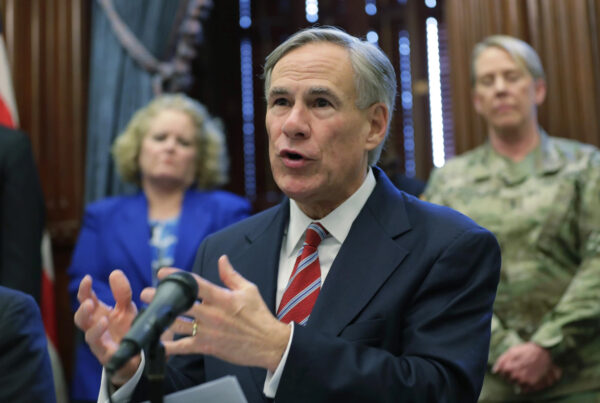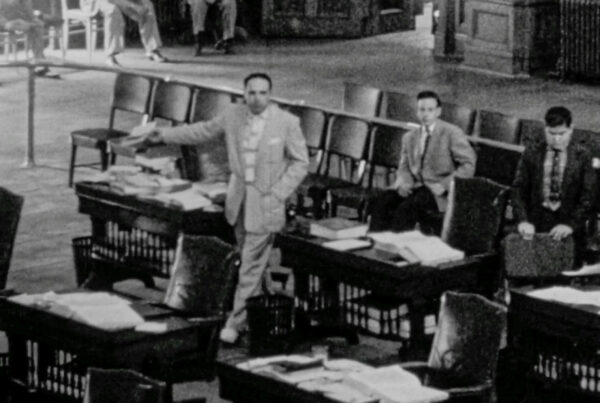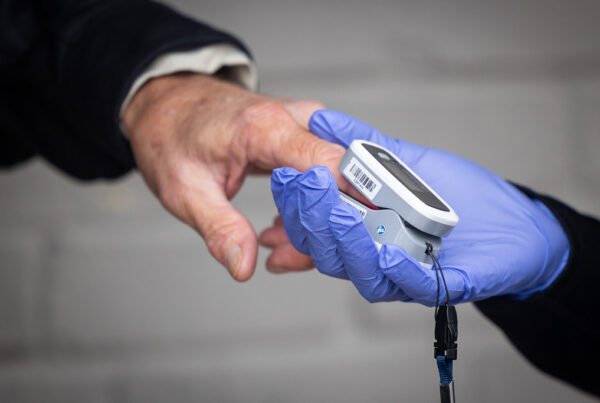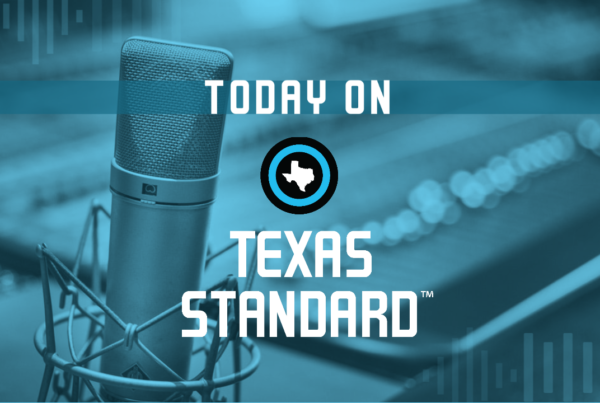Three years ago, the U.S. government declared a public health emergency as COVID-19 spread around the world. This order allowed federal departments to respond to the pandemic and enact policies to help keep the virus at bay. That’s why Title 42 was instituted.
But at the end of Thursday, that order ended not just Title 42, but the pandemic emergency. So what are the changes for health care that many Texans may be unaware of?
Catherine Troisi is an infectious diseases epidemiologist with UTHealth Houston School of Public Health and joined Texas Standard to discuss the changes. Listen to the story above or read the transcript below.
This transcript has been edited light for clarity:
Texas Standard: So what sorts of things in the health care system that people have gotten used to in the last few years will now change because of the ending of this order?
Catherine Troisi: Yeah, it’s actually very complicated because although this public health emergency order is ending, there are some things that have been codified in law, so they aren’t changing some things that relate to other orders that aren’t ending now – end of 2024, they’ll be ending. But what people are going to see is that those at-home test kits will no longer be free. If you have insurance, you can still get them. It will depend on your insurance whether you have to do cost sharing or not. For people are not insured, they can get kits from the federal government until those run out.
What about vaccines and those sorts of certain treatments?
Vaccines for people who have insurance will still be free because of ACA. However, if you don’t have insurance, again, the government has bought a number of vaccines and so those will be free until that supply runs out and then we’ll just have to see. Now, maybe you can get vaccine at health departments. You know, hopefully they’ll still be some options for free vaccines.
What about federal funding? I know that states were supposed to receive what federal matched funds for for COVID related services and products. Is that going to be cut off all of a sudden or what?
Yeah, well, there’s a couple issues there. One is the people who were able to get on Medicaid, who for insurance, who were not able to before. In fact, it’s estimated during the pandemic, one in four people in the United States had Medicaid coverage. States actually could have begun rolling that back on April 1. So millions of people lose coverage from Medicaid. Also, hospitals, which had gotten an increase in funding because of the pandemic, that is going away.
You know, Texas has a large number of uninsured people. Does this mean that if you were uninsured in Texas, you really won’t have access to 100% coverage for products and services related to COVID?
Yes.
You know, I know that the federal government is saying that this is the end of the pandemic emergency. But do you have a concern as an epidemiologist that we might see a resurgence if people aren’t vaccinated or if vaccines wear off or if people aren’t being tested? What’s your take on this?
Yeah, or new variants arise. Absolutely. You know, the end of the public health emergency doesn’t mean that we are done with this virus. We all wish we were, but that’s not the reality. We’re still seeing 1,000 deaths a week. We’re seeing 77,000 cases a week. And unfortunately, the vaccine coverage, the immunity it provides, does wear off. And there’s always the possibility of a new variant that the vaccine does not protect you as well against.
So, you know, the word “endemic” has been bounced around. “Endemic” just means that the number of cases is level right now. It doesn’t mean “not serious.” Malaria in Africa is endemic. TB is endemic. Those are still serious health concerns. And one other thing that’s going away are some of the data collection mechanisms that we had. So we may not know quite as well what’s happening with the virus and with cases as we did before. So, yes, in a word, yes.
You mentioned these numbers, which were staggering to me, you know, still at this juncture, three years on. Are you talking about national numbers there?
Yes, national.
And how is it looking in Texas right now, from what you can tell right now?
I mean, again, the number of cases overall in the U.S. right now are low. We do wastewater surveillance in Texas as well as other states. What we’re finding in the water is low activity of the virus. We are watching to see what happens as the temperatures get hotter and people in Texas and other hot climates stay inside more.
So right now, we’re looking good and I don’t mean to be a fear monger, but we need to keep an eye on the situation to see what happens. And people have to be aware that right now maybe you’re not wearing a mask when you go to the grocery store or to the gym, etc. That may change. You know, you have to adapt your behaviors to what the virus is doing.
Does anything change about the relationship between patients and doctors when it comes to COVID? I know that during the pandemic, telemedicine certainly took off, and I know that a lot of people became rather dependent and found that it wasn’t just a luxury, it wasn’t just a convenience. People came to rely on telemedicine for a lot of services. Does that change with the end of the pandemic emergency?
Luckily, telemedicine is going to continue. I think we’ve advanced the use of telemedicine quite quickly. It’s not just because of the pandemic, but telemedicine, you know, it’s useful. It’s also in rural areas where there may not be providers, particularly mental health providers. And so that’s going to continue. You know, there had been some talk about controlled substances not being allowed to be prescribed through telemedicine right now. That is going to continue at least in the foreseeable future.
A lot of folks came to rely on places like, you know, testing sites at grocery stores for COVID testing. What about the availability of testing facilities? Do you foresee those folding up or what?
Yeah, I do. We’re not going to see them on street corners like we did during the height of the pandemic. You’ll still be able to go to your local health department, some nonprofits, to get tested, but it’s not going to be as ubiquitous as it was during the public health emergency.
What do you tell people about the big takeaway here? You mentioned earlier that a lot of folks have already given up masks and I think social distancing. Even though we still see a little bit of that, a lot of that has fallen by the wayside. What do you tell Texans right now?
Yeah, again, you need to be aware of what’s happening in your community. And if cases start to go up, particularly if you’re older, if you have underlying medical conditions, if you’re immunocompromised, you need to be aware of what’s happening so that you can start taking precautions again. Wearing a mask is not the end of the world. And you’re not only protecting yourself, you’re protecting others who may be at higher risk.
So again, we want to pretend the virus is gone. It’s not. And this is actually unprecedented. You know, the 1918 flu went away after a couple of years. We don’t know why it did, but it did. And we’re not seeing this with this virus.


